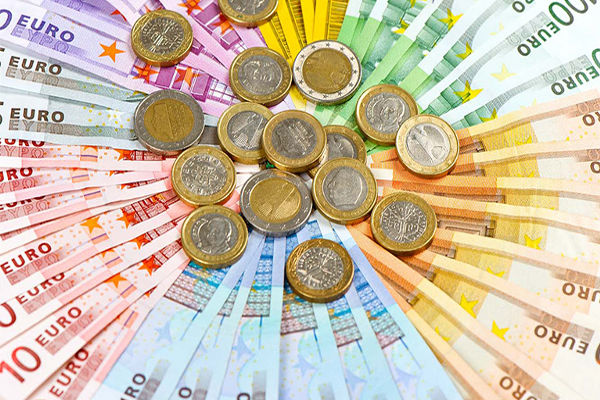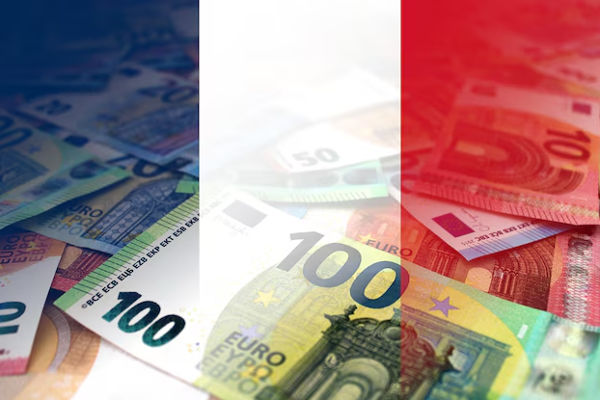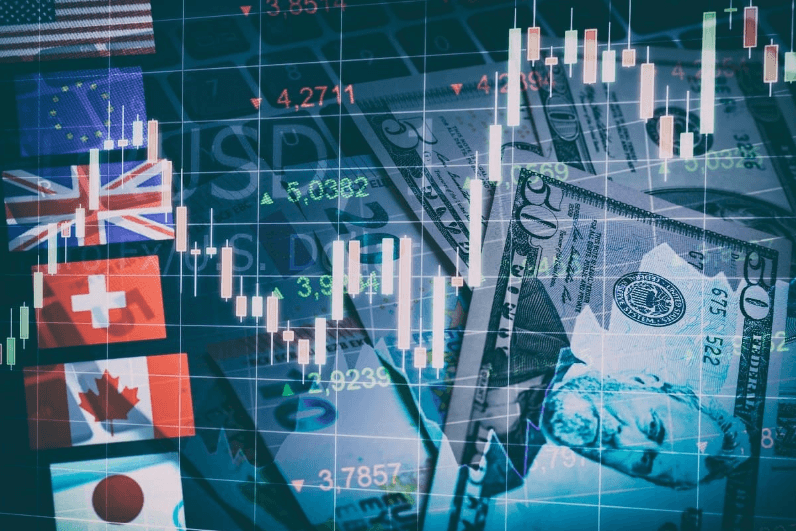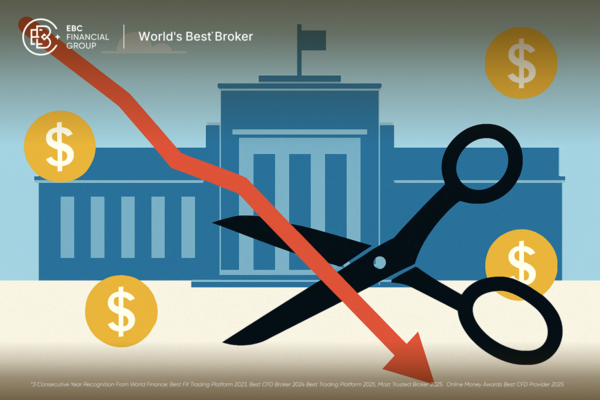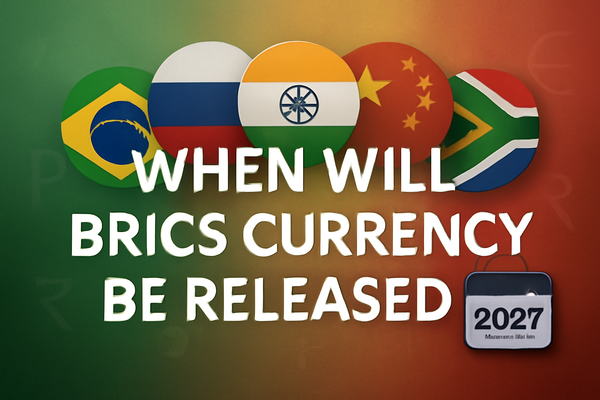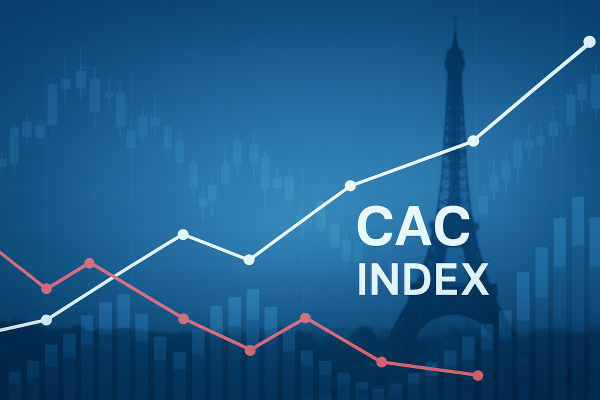As of 2025, the official currency in Spain remains the euro (EUR, €). However, for forex traders and investors, there's more to the story than just knowing the name of the currency; it's the history of said currency.
For context, before the euro became Spain's official currency, another national currency was deeply tied to the country's economy, culture, and history: the Spanish peseta. Though now defunct, the peseta once held centre stage in Spain's financial system and is still remembered by many Spaniards.
This comprehensive guide covers everything you need to know about the currencies used in Spain, from its historical transition to the euro, practical tips for using money in Spain, and the euro's role in the broader European and global economy.
What Is the Official Currency in Spain in 2025?
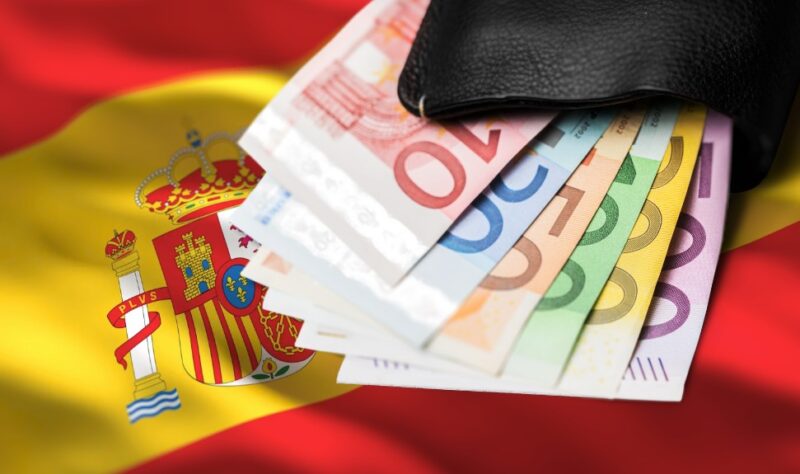
As of 2025, Spain continues to use the euro (EUR, symbol: €) as its official legal tender. The euro is the common currency for 20 of the 27 European Union member countries, known collectively as the Eurozone. Introduced in physical form in 2002, it replaced the Spanish peseta and became a central symbol of European integration.
In Spain, the euro is used for all economic transactions, including shopping, housing, salaries, investment, and tourism. Both euro banknotes and coins are accepted universally throughout the country.
What Was the Currency in Spain Before the EURO?
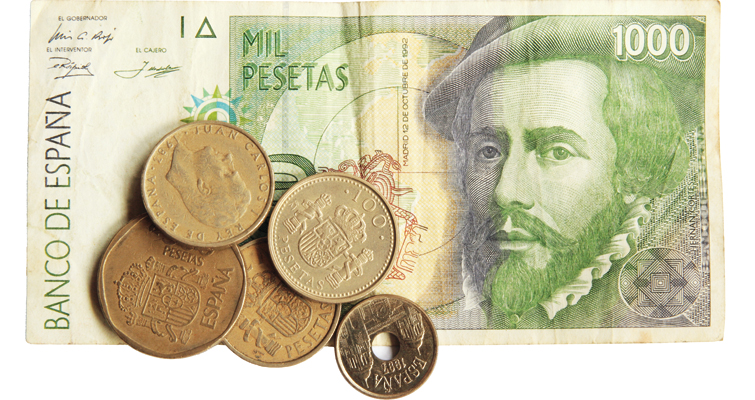
As mentioned above, Spain used the peseta as its national currency before adopting the euro. The peseta was the official currency of Spain from 1869 until 2002.
The name "peseta" derives from the Catalan word peceta, meaning "small weight," which historically referred to a small silver coin. Over time, it evolved from being a regional term to becoming the national currency.
Before it, Spain used a variety of other currencies, including the real and escudo. However, it was the peseta that came to symbolise modern Spain's financial independence and evolution through monarchy, dictatorship, and democracy.
However, when Spain joined the European Union's Economic and Monetary Union in 1999, it agreed to transition to the euro as part of broader regional integration.
Transition to the Euro: A Major Shift
The decision to adopt the euro was driven by Spain's commitment to European unity and economic stability. As a member of the European Unity and the Economic and Monetary Union (EMU), Spain fulfilled the convergence criteria outlined in the Maastricht Treaty.
In 1999, the euro was introduced for use in financial markets and computerised commerce. The peseta was formally phased out on January 1, 2002, when euro coins and banknotes began circulating.
The fixed exchange rate was set at 166.386 pesetas to 1 euro.
To assist customers in adjusting, the shift included dual pricing (in both euros and pesetas), a significant public awareness campaign, and ATM reconfigurations. There was a brief grace period for businesses to make the complete transition.
Challenges and Public Reaction
As expected, the transition wasn't without challenges. Many Spaniards initially viewed the euro with suspicion. Prices appeared to rise following the switch, although inflation data suggested otherwise. This perception led to nostalgia for the peseta, especially among older citizens.
Nevertheless, the change brought benefits—simplified trade with other EU countries, eliminated exchange fees for intra-Europe travel, and improved economic coordination with the broader European bloc.
Despite early scepticism, the euro eventually became the accepted norm, and today, younger generations have never used the peseta in daily life.
Economic Impact of the Euro on Spain
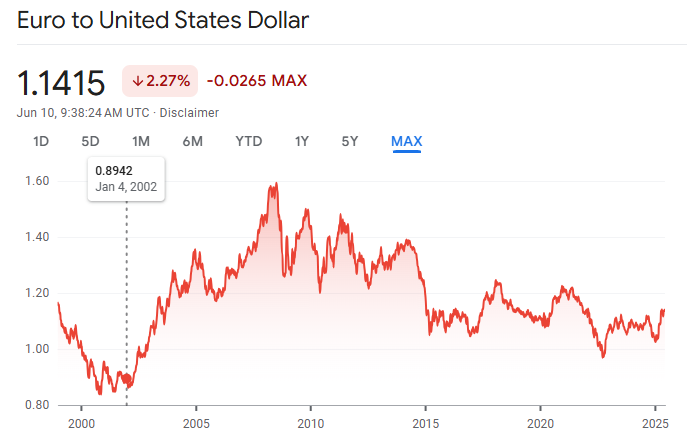
The euro has had a mixed impact on Spain's economy. On the positive side, it has reduced transaction costs, eliminated exchange rate fluctuations within the Eurozone, and increased investment and tourism.
Spanish exports benefit from euro stability, especially when the currency is relatively weaker against global counterparts like the U.S. dollar or the British pound.
However, Spain no longer controls its monetary policy, which means it can't devalue the currency to boost exports or adjust interest rates to respond to domestic issues. This constraint became apparent during the Eurozone debt crisis and COVID-19 economic recovery.
Despite these limitations, the euro remains integral to Spain's economic identity, and its benefits outweigh the drawbacks for most sectors.
Will Spain Continue Using the Euro in the Future?
In 2025, no significant movements or political parties are advocating for Spain to leave the Eurozone. Although debates about sovereignty and monetary policy exist across the EU, Spain's economic structure is deeply embedded in the euro system.
A potential future digital euro, being explored by the ECB, could offer even more convenience and efficiency. If implemented, Spain would likely adopt it alongside physical currency.
As it stands, the euro is not just Spain's currency—it's a foundational part of its modern economic and political landscape.
Conclusion
In conclusion, the Spanish peseta was more than just a unit of money—it was a mirror of Spain's historical journey through monarchy, civil war, dictatorship, and democracy.
Although the euro is now the official currency of Spain, the peseta continues to hold a nostalgic and symbolic value for many Spaniards. For traders, understanding the peseta offers a window into the evolution of Spain's economy and its deeper connection to Europe and the world.
Disclaimer: This material is for general information purposes only and is not intended as (and should not be considered to be) financial, investment or other advice on which reliance should be placed. No opinion given in the material constitutes a recommendation by EBC or the author that any particular investment, security, transaction or investment strategy is suitable for any specific person.
